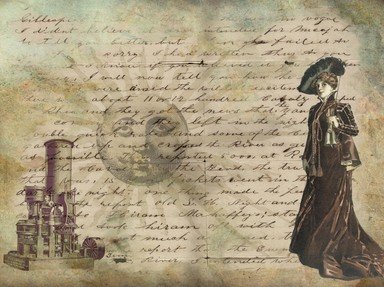Quiz Answer Key and Fun Facts
1. "The Canterbury Tales", "Sir Gawain and the Green Knight", and "The Vision of Piers Plowman"
2. "The Rape of the Lock", "Absalom and Achitophel", and "Gulliver's Travels"
3. "The Taming of the Shrew", "The Jew of Malta", and "The Faerie Queene"
4. "Lyrical Ballads", "She Walks in Beauty Like the Night", and "Ode to a Nightingale"
5. "Beowulf", "The Dream of the Rood", and "Caedmon's Hymn"
6. "The Lady of Shalott", "Middlemarch", and "Bleak House"
7. "Devotions upon Emergent Occasions", "Volpone", and "The Duchess of Malfi"
8. "Areopagitica", "Easter Wings", "To the Virgins, to Make Much of Time"
9. "Women in Love", "Brave New World", and "To the Lighthouse"
10. "Heart of Darkness", "If", and "Major Barbara"
Source: Author
skylarb
This quiz was reviewed by FunTrivia editor
looney_tunes before going online.
Any errors found in FunTrivia content are routinely corrected through our feedback system.

